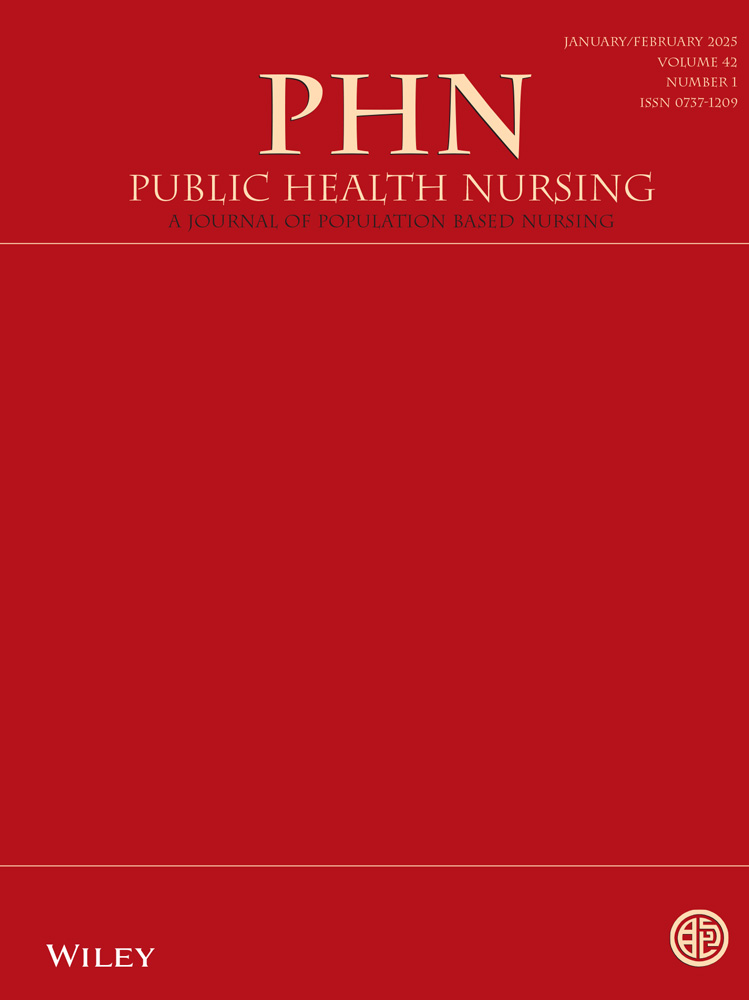Evaluating Weight Status, Snacking Patterns, and Physical Activity Levels Among Primary Schoolchildren in Relizane, Algeria: A Comprehensive Analysis
Funding: This work is funded by the Algerian Ministry of Higher Education and Scientific Research and the Directorate General for Scientific Research and Technological Development (DGRSDT). The funders played no role in the study design, data collection and analysis, the decision to publish, or the preparation of the manuscript.
ABSTRACT
Objectives
This study aimed to comprehensively assess the weight status, snack consumption, and physical activity levels among primary schoolchildren, with a focus on both rural and urban areas.
Methods
This cross-sectional study surveyed 557 primary schoolchildren aged 6 to 12 years, covering general identification (age, gender), anthropometric measurements (body weight, height, waist, and hip circumference), food patterns (frequency of food consumption), and sports activities.
Results
Using CDC body mass index thresholds, we identified a 25% prevalence of obesity and over 17% for overweight, revealing a significant urban–rural disparity. In urban areas, boys had a higher obesity rate (32.58%), while girls had a higher overweight rate (15%). Conversely, in rural regions, girls had a higher obesity rate (24.82%), and boys had a higher overweight rate (22.3%). Dietary analysis showed that over 86% consumed three daily meals, but distinctions in snack choices, such as chips, wafers, and biscuits, were noted between urban and rural areas. Additionally, urban schoolchildren were more likely to participate in sports activities compared to their rural counterparts, with rates of 70.22% versus 55.08%, respectively.
Conclusion
Findings provide valuable insights into the health and food behaviors of primary schoolchildren and can inform interventions and strategies to promote healthier lifestyles.
Conflicts of Interest
The authors declare no conflicts of interest.
Open Research
Data Availability Statement
The data that support the findings of this study are available from the corresponding author upon reasonable request.




